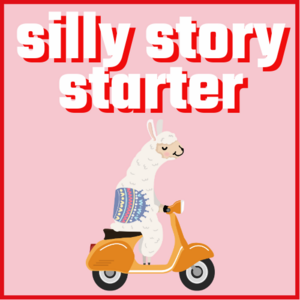
Spark your thinking!
1. Set up your social studies mini spark recording page: #57: Gingerbread history and art
2. Read this article about the history of gingerbread. On your recording page, record 5-10 facts about gingerbread that you did not already know.
3. Gingerbread comes in many creative forms! Read this blog post from Young Chefs Academy. Record 5 interesting gingerbread details on your recording sheet.
4. Gingerbread houses can help get kids interested in the architecture. Watch this video and take notes on your recording sheet.
5. Choose 5 of these questions to answer. Remind your teacher that the key can be found in the Social Studies mini spark folder.
- Describe the main theme of this year’s Gingerbread City exhibition and explain how architects are using this theme to showcase future urban design.
- What unique architectural features did you notice in the gingerbread models that represent sustainable or innovative design concepts?
- The video mentions “Crystal Towers” – explain how the architects used sugar crystals as inspiration for their design and what makes their concept futuristic.
- How do the gingerbread models demonstrate the importance of green spaces and environmental considerations in modern architecture?
- Compare the different architectural approaches shown in the video. How do the various models represent different visions of future cities?
- Explain the significance of the hexagon-shaped design in the university project and how it relates to the Kew Gardens hive installation.
- Discuss how this Gingerbread City exhibition might help children become more interested in architecture and design.
- Analyze the creative process described by the architects. How do they use research and experimentation in their design approach?
- Describe the role of technology in the gingerbread city models, including elements like solar panels and air purifiers.
- Reflect on why architects might use a creative medium like gingerbread to explore serious architectural concepts.
6. Share your social studies mini spark recording page with your teacher/EY coordinator.
Check out Gingerbread Architect and Gingerbread Architect II badges at the EY Website.















